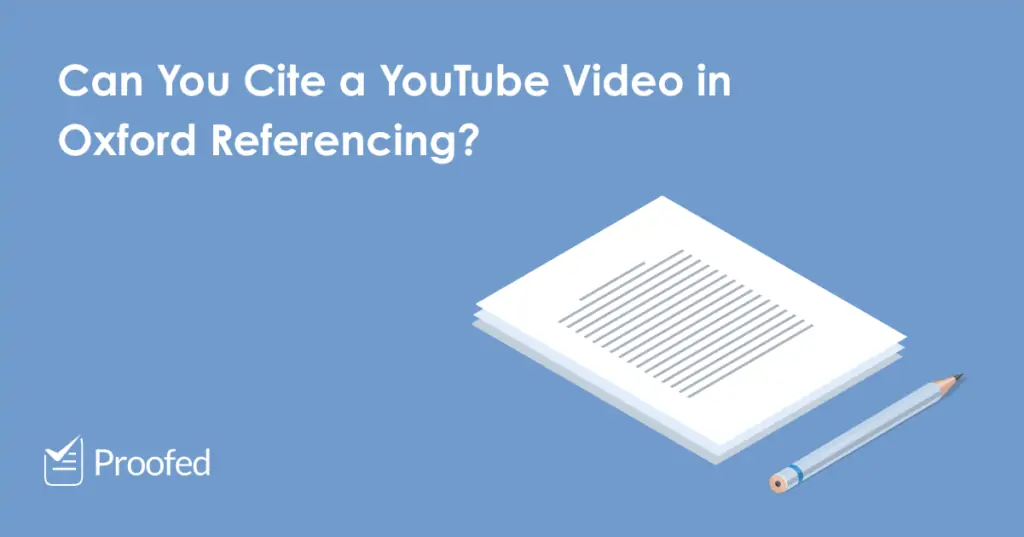YouTube features plenty of educational content (as well as distractions). But if you’re going to use YouTube to research an essay, you need to know how to cite an online video. Here, we look at doing this with Oxford referencing.
When to Cite an Online Video
When writing an essay, most of your sources will probably be books, websites, and journal articles. But you can use a video as a source as long as you’re sure it is reliable (i.e., a rigorous, trustworthy academic source).
For instance, a video lecture uploaded by a well-known university is fine. This is because a university is an educational organization, so we can assume the video was made by someone following academic standards. Ideally, they’ll also cite the sources used in making the video, so you can check them.
But you can’t say the same for a random vlog by BIEBERFAN69, even if it seems relevant to your work. As such, in most cases, you will want to find a conventionally academic source (e.g., a textbook) instead.

(Image: Emily Burnett/Flickr)
Oxford Footnote Citations for an Online Video
The standard footnote format for an online video in Oxford referencing is:
n. Title of Video, [online video], publishing organization, date of publication, URL, date of access.
The “publishing organization” here is usually the uploader of the video. For example, we could cite a Yale University lecture about Don Quixote like this:
1. Don Quixote, Part I: Front Matter and Chapters I-X, [online video], YaleCourses, 1 March 2011, <www.youtube.com/watch?v=LZkoBeI6gVM>, accessed August 17, 2017.
If you cite the same source again, you can use a shortened footnote format.
Find this useful?
Subscribe to our newsletter and get writing tips from our editors straight to your inbox.
Online Videos in an Oxford Bibliography
In your bibliography, the format for an online video is pretty much the same as in the first footnote. The only differences are that:
- You don’t need a footnote number at the beginning.
- Each line after the first should be indented by a half-inch (1.27cm).
For example, we would list the video above as follows:
Don Quixote, Part I: Front Matter and Chapters I-X, [online video], YaleCourses, 1 March 2011, <www.youtube.com/watch?v=LZkoBeI6gVM>, accessed August 17, 2017.
Since online video citations don’t include an author name, use the titles of videos to determine their alphabetical positions in the bibliography.
A Final Note About Oxford Referencing
There are many variations of Oxford referencing, so the correct format to use may depend on where you are studying.
Thus, you should always check your university’s style guide.
If you can’t find any instructions about citing online videos, ask your supervisor for advice. And if they’re not sure, then just use a format that is clear and consistent throughout. Don’t worry if referencing is tricky, though! We have expert editors ready to help you polish your work.



